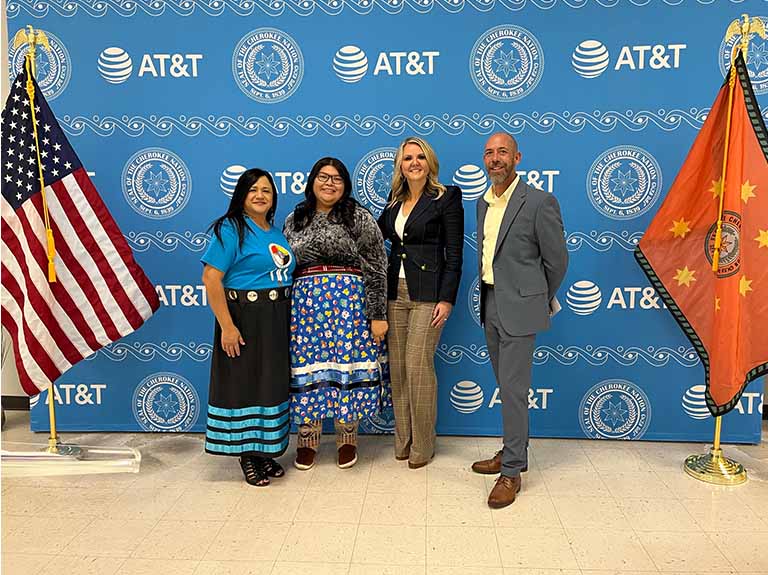My family and I left Vietnam as refugees when I was 2 years old.
After arriving in the United States, my parents set high expectations for our family. They worked multiple jobs just to make ends meet. They saved relentlessly to give my siblings and me everything we needed to succeed in the classroom – including a much-cherished IBM XT computer.
It took my parents more than a year to buy that PC, but it changed the course of my life as I decided to study engineering and pursue a career building networks for AT&T.
Connecting to the digital world is the lifeblood of our modern economy and educational systems. I’ve been thinking a lot about how access to technology can positively change lives as I’ve tackled my latest job assignment to help close the digital divide. There are many families in America, especially within the AAPI community, who don’t have high-speed internet access. Income inequality, a measure of the economic gap between the rich and poor, is greatest among Asian Americans in the U.S according to a Pew Research study. Being connected to the digital world will help this community make a better life for themselves and their family.
As I started my new role, I thought “No worries, I’ve got this! I know how to build networks and there is bipartisan support for government entities and the private sector to invest in broadband.” So, my team went to work. And we’ve had success constructing high-speed fiber and expanding 5G wireless networks.
But tackling the digital divide is more than just building networks. It’s also making internet service affordable for low-income families and encouraging adoption, especially within underrepresented communities. AT&T addresses affordability issues by offering an internet plan that provides eligible households with free internet service when combined with the federal Affordable Connectivity Program. Today, 11.5 million have enrolled and have access to the internet because of these federal programs.
That IBM XT computer from my childhood really came to mind when I saw the work we’re doing at AT&T Connected Learning Centers. The Centers provide internet access and educational tools to students who face barriers to reliable internet connectivity. They are a living example of the work AT&T employees are doing alongside community members to close the digital divide for underserved populations.
Last month, we launched a Connected Learning Center in San Francisco at the Asian Pacific American Community Center. In California, 26% of K–12 students and nearly 40% of low-income students still did not have reliable internet access in the fall of 2020, according to a Public Policy Institute of California Statewide Survey. When it comes to racial/ethnic gaps in California, Asian households are 7.6 percentage points less likely than white households to report having internet access. That’s why I’m especially proud that this initiative is supporting Asian Americans and Pacific Islanders students and families at the local level. Learn more about this Center, here:
The ability to make an impact within a community that has similarities to my personal culture is all the more meaningful during Asian American and Pacific Islander Heritage Month, as AT&T celebrates “Voices of Courage,” including every person who now has internet access due to their community Connected Learning Center. I have achieved the American Dream thanks to the support and generosity of many people, but my story and experience is not unique. My voice is one of the many in the Asian diaspora that we’re celebrating this month.


